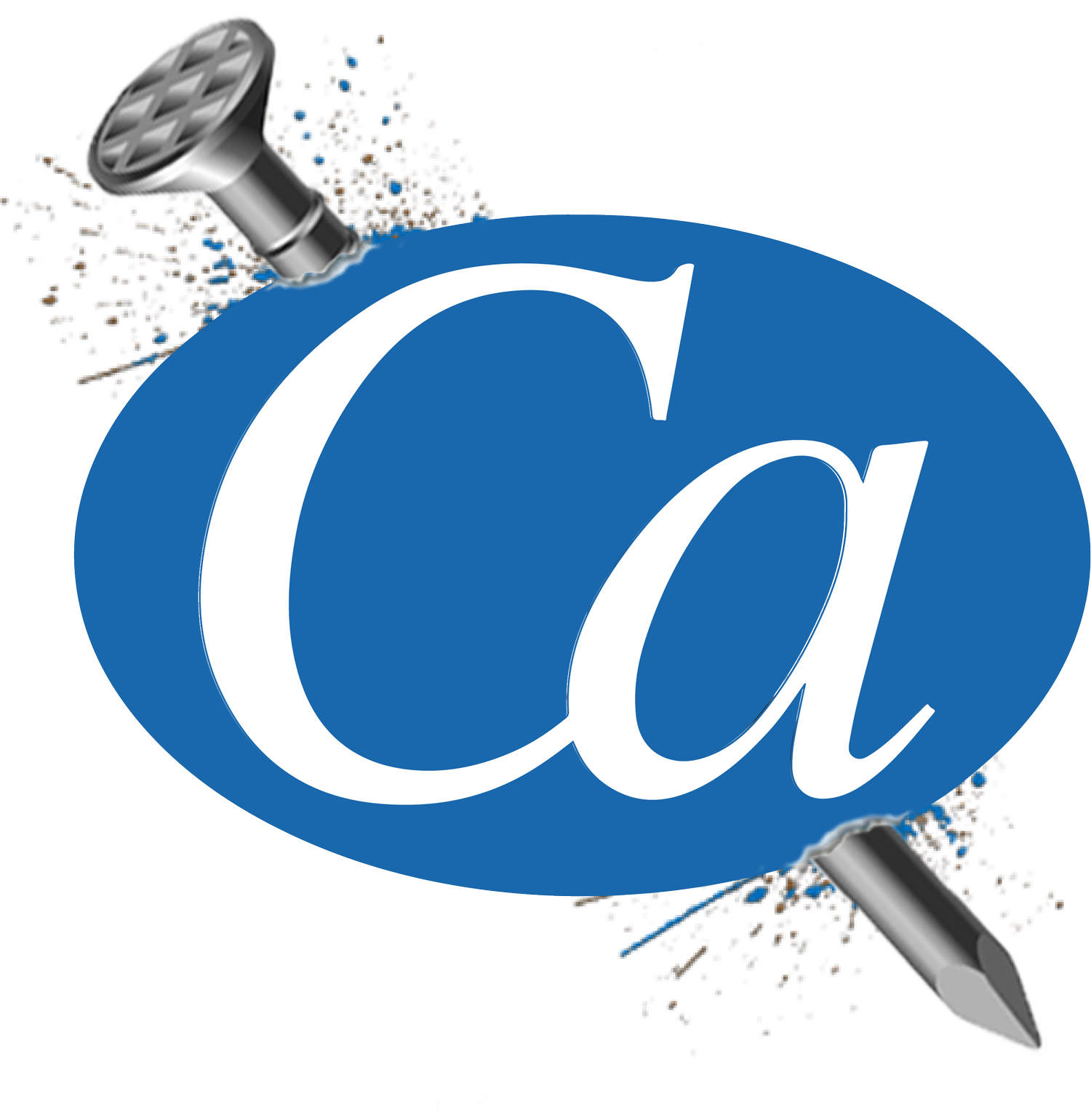L-Cleats vs. Staples for Floors
L-Cleats
L-shaped metal fasteners driven into the tongue of the hardwood board with a flooring nailer.
Pros:
Less likely to split wood: The single-barb design allows for some flexibility and reduces the risk of splitting the tongue—especially in harder woods like oak, hickory, or maple.
Easier removal if needed: L-cleats provide a strong hold but can be removed more easily than staples if a board needs to be replaced.
Preferred by many pros for dense hardwoods.
Cons:
Slightly more expensive than staples.
Slightly less gripping power compared to staples in some softwood applications.
Flooring Staples
What they are:
15.5 gauge Staples specifically designed for Hardwood Flooring
Pros:
Strong holding power: Excellent grip, especially in softer wood species and plywood subfloors.
Typically less expensive than cleats.
More readily available in some regions.
Cons:
Higher risk of splitting: The dual legs of the staple can split the tongue of the board, particularly in denser hardwoods or if moisture content changes.
Difficult to remove: Staples are harder to extract cleanly without damaging the board.
Recommendation:
For 3/4" solid hardwood—especially hardwoods like oak or maple—L-cleats are generally safer and more reliable.
For softer woods or when budget is a concern, flooring staples can be a good alternative, but care must be taken to avoid splitting.
